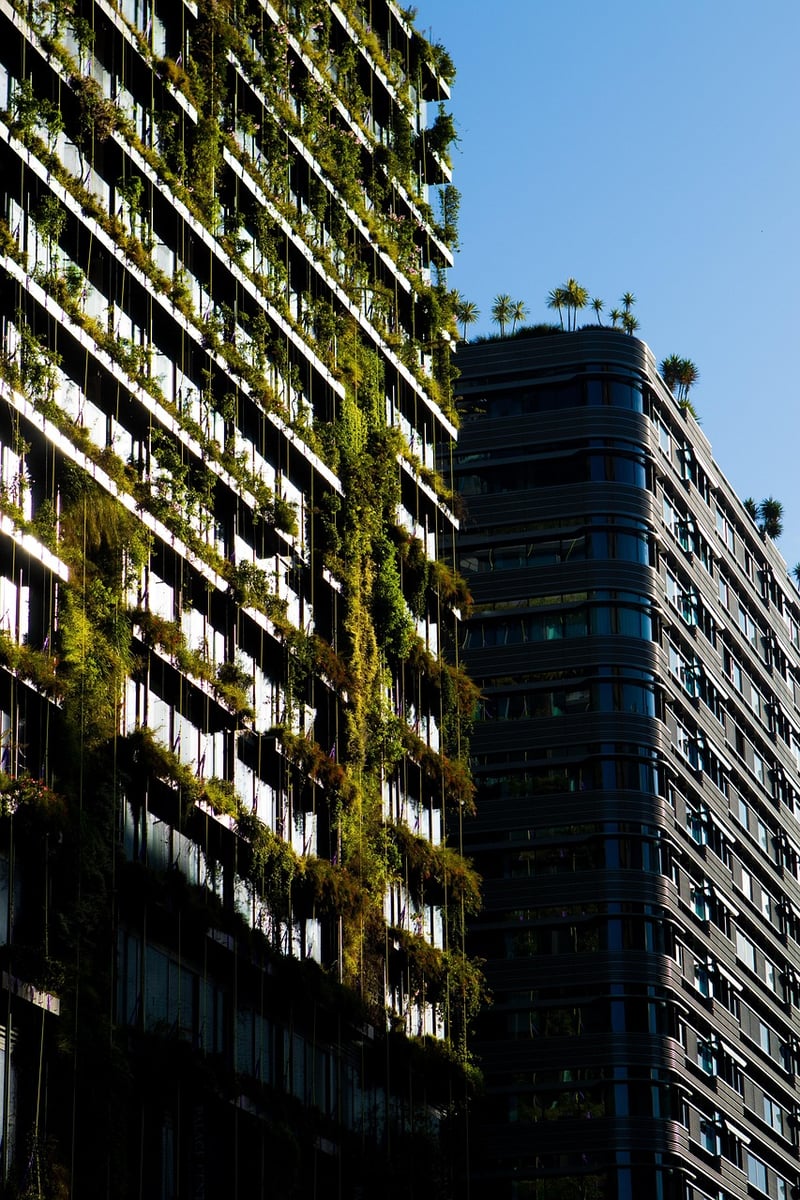Space Efficiency
The Advantages of Vertical Gardens
Space Efficiency
Vertical gardens, also known as living walls or green walls, offer numerous benefits beyond their aesthetic appeal. One of the most significant advantages of vertical gardens is their space efficiency, making them an excellent choice for urban environments, small yards, or indoor spaces with limited floor area.
1. Maximizing Space
Vertical gardens utilize vertical space, allowing you to grow a variety of plants without taking up valuable ground space. By growing plants vertically, you can create a lush garden even in a small area, making it ideal for balconies, patios, and rooftops.

2. Improved Air Quality
Vertical gardens contribute to improved air quality by absorbing carbon dioxide and releasing oxygen. They also help filter pollutants and particulate matter from the air, making them a natural air purification system, especially in urban settings with high pollution levels.

3. Insulation and Energy Savings
Vertical gardens act as natural insulators, reducing heat absorption and helping maintain a more stable temperature indoors. This insulation effect can lead to energy savings by reducing the need for heating and cooling, making vertical gardens a sustainable choice for eco-friendly buildings.
4. Noise Reduction
The dense foliage of vertical gardens can help absorb and block high-frequency sounds, reducing noise pollution in urban areas. By creating a barrier of plants, vertical gardens can create a more peaceful and tranquil environment, both indoors and outdoors.

Overall, vertical gardens offer a sustainable and space-efficient solution for incorporating greenery into various settings, providing environmental, health, and aesthetic benefits in a compact and innovative way.
Whether you are looking to enhance the beauty of your space, improve air quality, or create a more sustainable environment, vertical gardens are a versatile and practical option worth considering.
